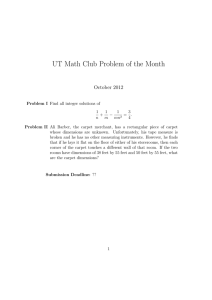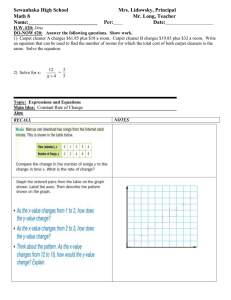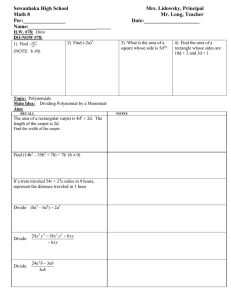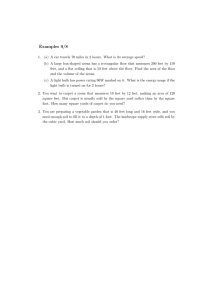ADA Compliance - Shehadi Flooring
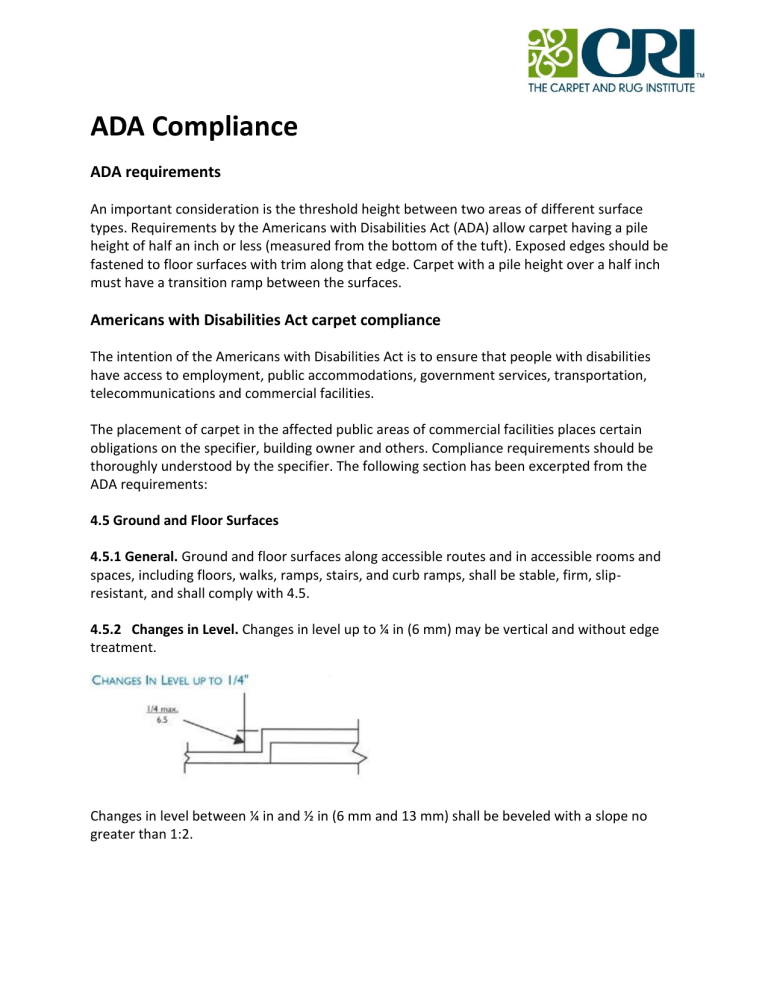
ADA Compliance
ADA requirements
An important consideration is the threshold height between two areas of different surface types. Requirements by the Americans with Disabilities Act (ADA) allow carpet having a pile height of half an inch or less (measured from the bottom of the tuft). Exposed edges should be fastened to floor surfaces with trim along that edge. Carpet with a pile height over a half inch must have a transition ramp between the surfaces.
Americans with Disabilities Act carpet compliance
The intention of the Americans with Disabilities Act is to ensure that people with disabilities have access to employment, public accommodations, government services, transportation, telecommunications and commercial facilities.
The placement of carpet in the affected public areas of commercial facilities places certain obligations on the specifier, building owner and others. Compliance requirements should be thoroughly understood by the specifier. The following section has been excerpted from the
ADA requirements:
4.5 Ground and Floor Surfaces
4.5.1 General.
Ground and floor surfaces along accessible routes and in accessible rooms and spaces, including floors, walks, ramps, stairs, and curb ramps, shall be stable, firm, slipresistant, and shall comply with 4.5.
4.5.2 Changes in Level.
Changes in level up to ¼ in (6 mm) may be vertical and without edge treatment.
Changes in level between ¼ in and ½ in (6 mm and 13 mm) shall be beveled with a slope no greater than 1:2.
Changes in level greater than ½ in (13 mm) shall be accomplished by means of a ramp that complies with 4.7 or 4.8.
4.5.3 Carpet.
If carpet or carpet tile is used on a ground or floor surface, then it shall be securely attached; have a firm cushion, pad, or backing, or no cushion or pad; and have a level loop, textured loop, level cut pile, or level cut/uncut pile be ½ in (13 mm).
Exposed edges of carpet shall be fastened to floor surfaces and have trim along the entire length of the exposed edge. Carpet edge trim shall comply with 4.5.2.

